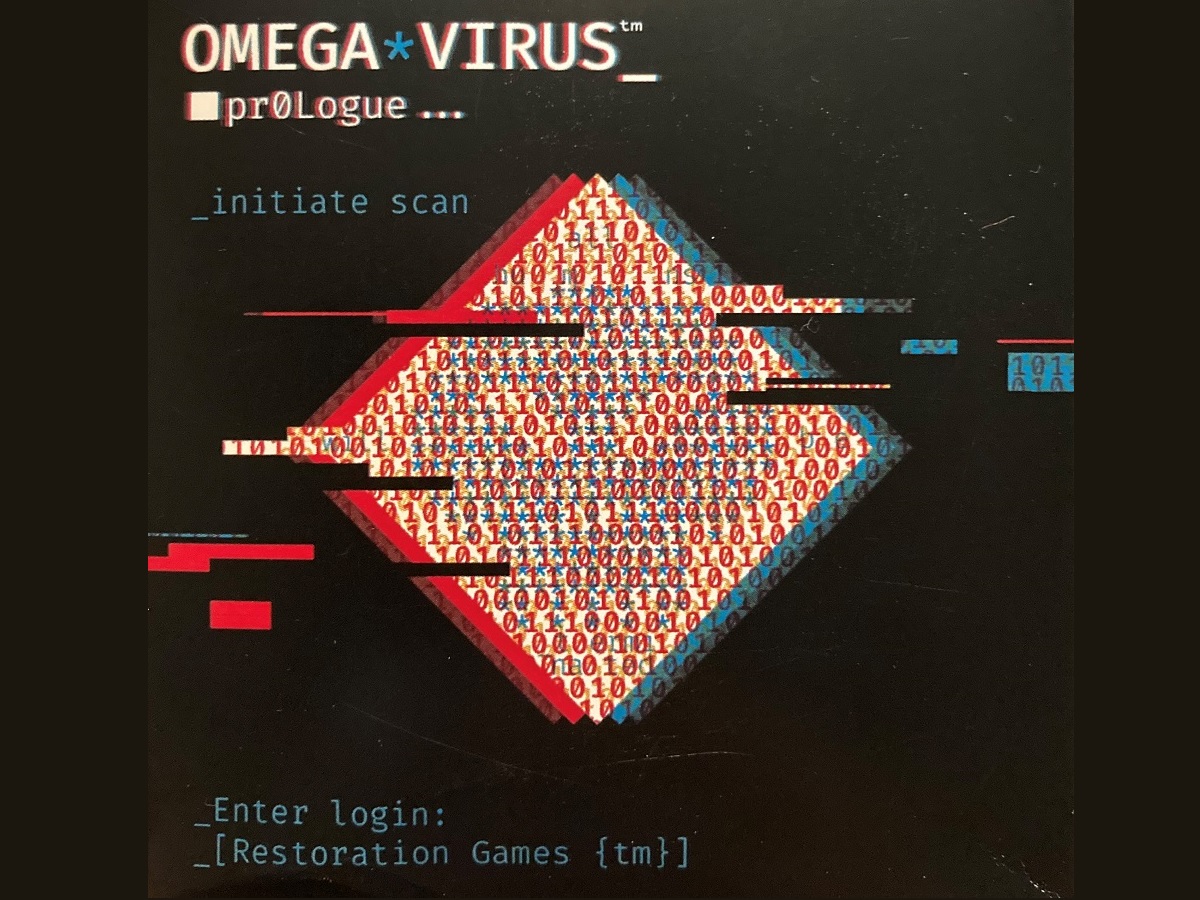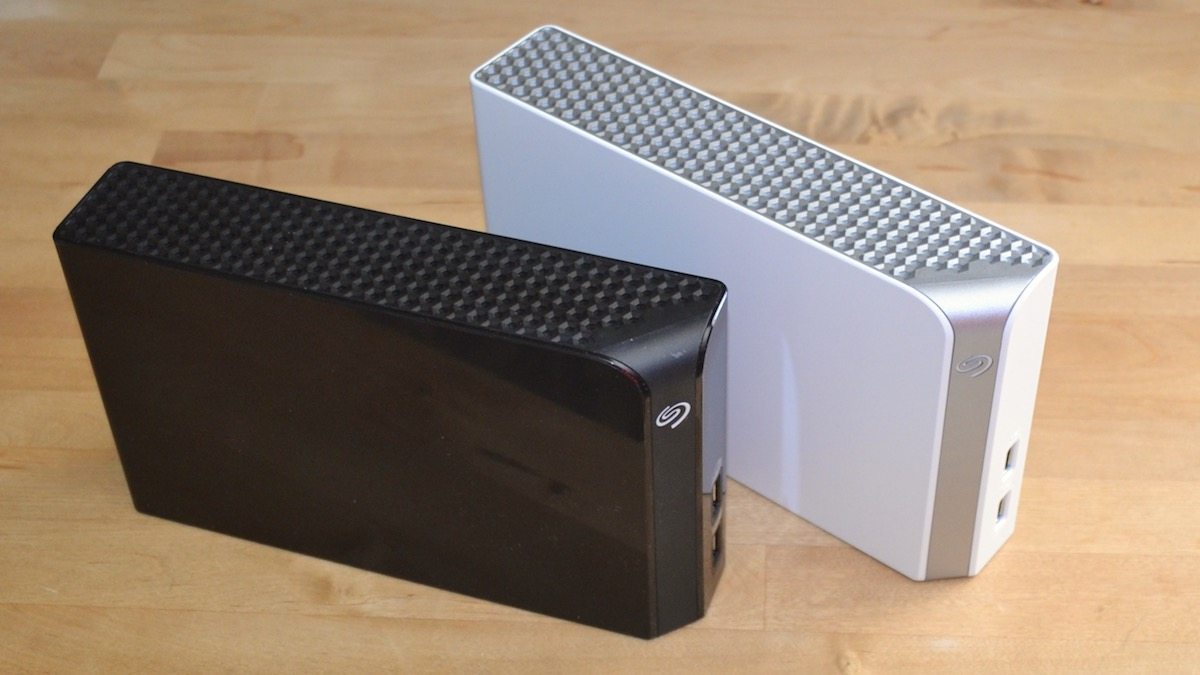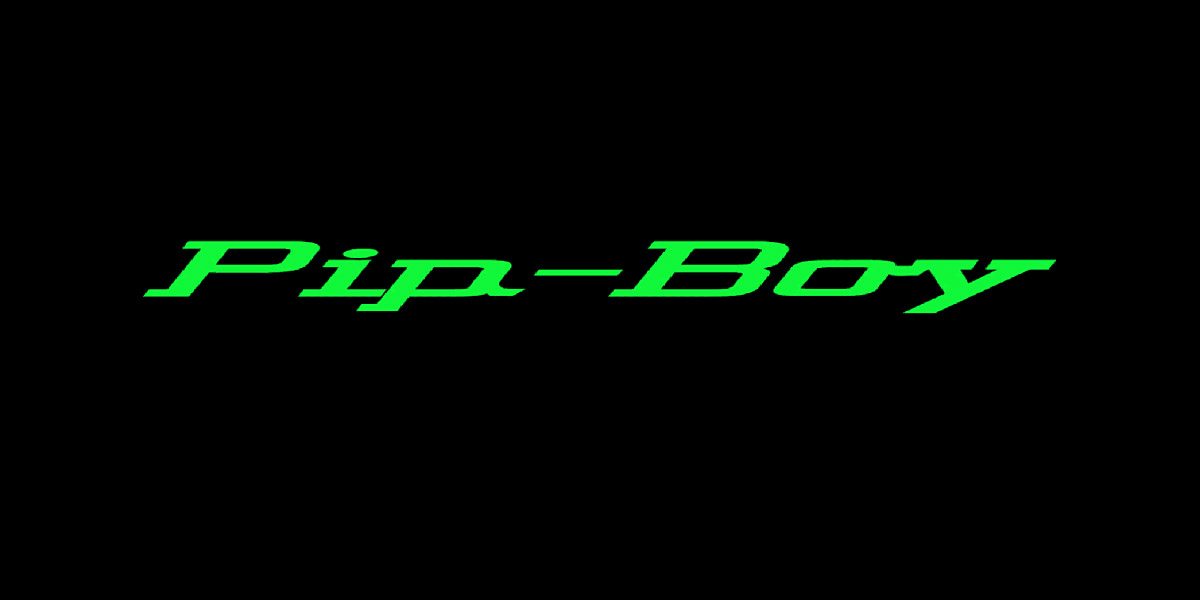Restoration Games is a game company that takes older games from the past and updates and revitalizes them for the present. They have taken several popular classic games that are no longer produced and difficult to obtain and restored them back to life. This time, in order to announce a future game they will be bringing back, Restoration Games has released a unique, stand-alone game to get players excited. So in order to let the public know they will be restoring Omega Virus, a Milton Bradley game from 1992, today the company has premiered Omega Virus Prologue.
What Is Omega Virus Prologue?
Omega Virus Prologue is a real-time card game for 2 players, ages 12 and up, and takes about 15-30 minutes to play. The game will be available at Gen Con as well as online at the company website later this year. There will also be limited retail availability. Omega Virus Prologue was designed by Steven Aramini and published by Restoration Games, with graphic design by Lindsay Daviau and Jason Taylor.
Omega Virus Prologue Components
Note: My review is based on a prototype copy, so it is subject to change and may not reflect final component quality.
Here is what you get inside the box:
- 36 floor plan cards (2 identical decks of 18 cards each)
- 6 key cards (2 red, 2 yellow, 2 blue)
- 12 location cards
- 12 scoring cards
- 3 speed bonus cards

Each player gets a deck of 18 floor plan cards. If there is a lock on the back, then you can’t play that card until you have a key of that same color. The front side of the card has four squares with up to three different colors. These are used to create a floor plan. Some cards have a piece of equipment in one of the corners that you will need to activate to end a round.

Key cards are needed in order to use locked floor plan cards, which players will need to win a round.

Location cards are linked to key cards. Players try to create the room on the location card in order to get the key of the matching color.

Players earn scoring cards by meeting the criteria on them. They could be the largest room of a certain color or the fewest number of rooms of a color. Players need to keep these in mind as they are creating their floor plans.
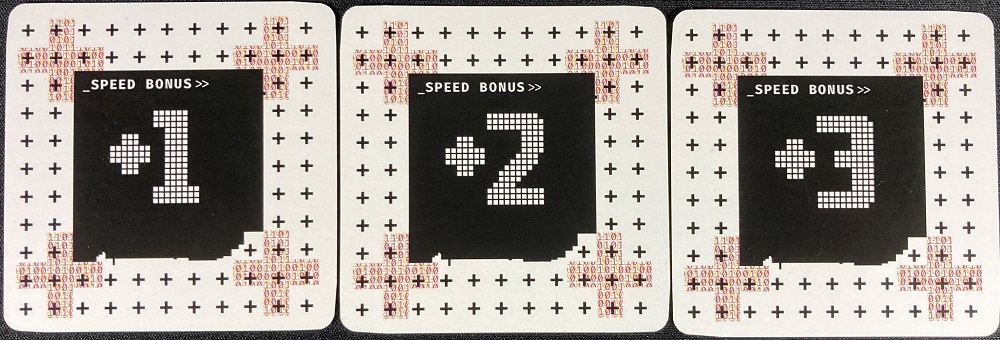
The player who wins a round collects a speed bonus card.
How to Play Omega Virus Prologue
The Goal
The goal of the game is to score the most points earned by completing your floor plan first and meeting the requirements on the scoring cards.
Setup
Each player takes a deck of floor plan cards. These decks are identical except that one has a [0] on the back and the other has a [1]. Next, place the key cards in three piles based on color off to one side of the play area in reach of both players. Shuffle the 12 location cards into a single, face-down deck. Flip over and place one location card next to each pile of key cards. Place the remainder of this deck to the side of the face-up location cards. Now shuffle the 12 scoring cards into a single deck. Flip over the top three cards and place them near the play area with the rest of the deck next to them. Finally, place the three speed bonus cards in a pile face up with the values from lowest to highest.
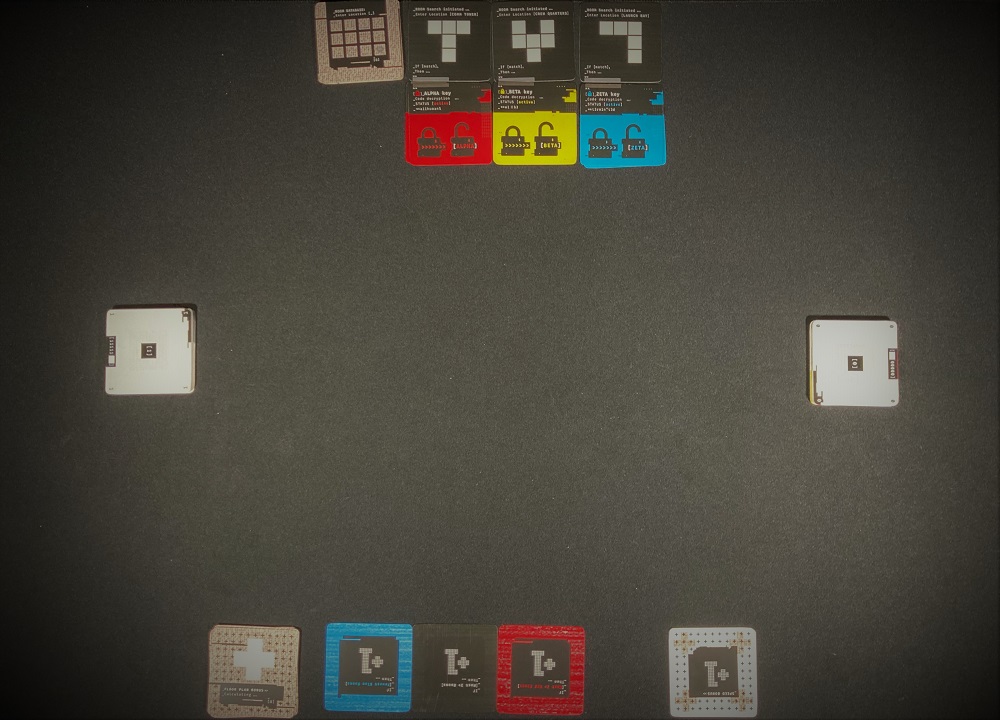
Gameplay
Unlike many games where players take turns, in Omega Virus Prologue players are playing at the same time. Each player takes their deck of cards and flips over the top card one at a time. If the card has a lock on it and the player does not have the key in that color, they place that card on the bottom of the deck without flipping it over. Floor plan cards are placed in the player area. They can touch edges or overlap. The objective is to create rooms in the same shape and color as the location cards next to the keys. Once a room has been created exactly as shown, or a rotation of the image, the player collects the matching key and can now use locked cards in that color. Players will need to get all three keys in order to win a round. Players can also at any time pick up floor plan cards from the play area and place them on the bottom of their deck. This can be useful to create the required rooms for the keys or if you need to move that card to another location.

While collecting keys and creating rooms, players will also be placing equipment that is found on six of the floor plan cards. There are three types of equipment: the battery cell, the satellite dish, and the atmospheric purifier. Equipment is activated by placing cards so that matching types of equipment are linked. The first player to link all three types of equipment ends the round for both players and collects the top card from the speed bonus pile. Now the players determine who has met the requirements for the scoring cards. These can be who as the most or fewest rooms of a certain color or the largest room of a color. A room is all the squares of a specific color that are connected to one another. The winners of each category take the score card and keeps it for later.
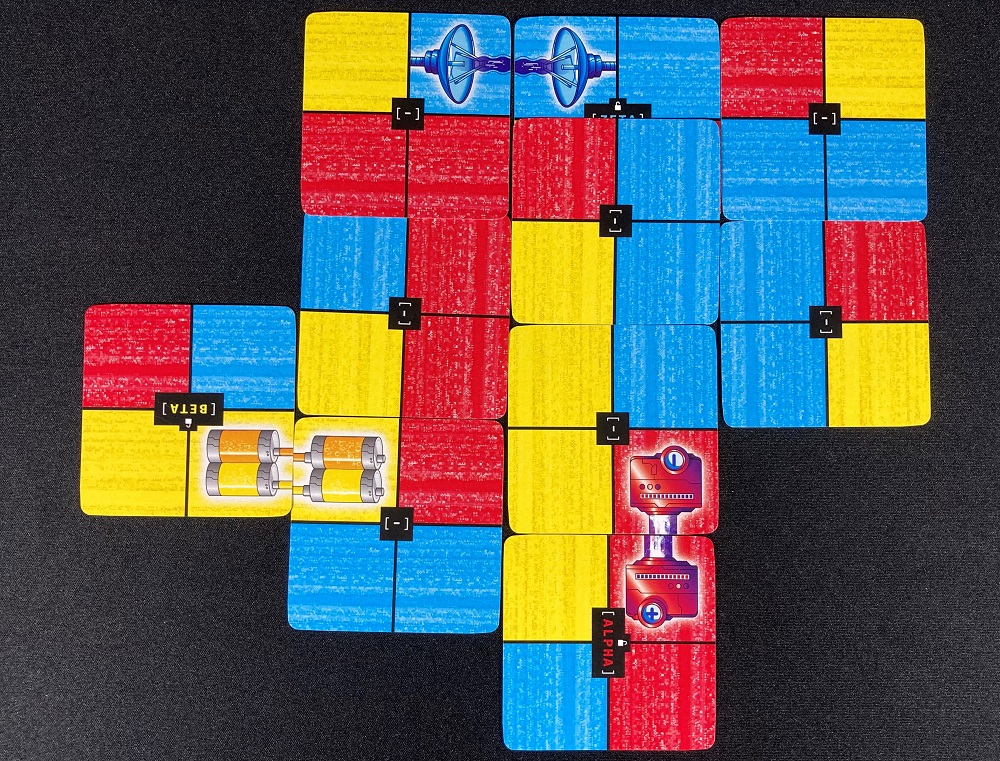
Now player reset the game for the next round. They take all of their floor plan cards back and shuffle their deck. Key cards are placed back in their three piles. The three location cards are returned to the game box and three new location cards are placed next to the keys. Three new scoring cards are also flipped over for the new round.
Game End
The game ends when three rounds of play have been completed. Players then calculate their score by counting the points on the scoring and speed bonus cards they have collected. The player with the highest score is the winner.
Why You Should Play Omega Virus Prologue
Restoration Games has come up with a fun and interesting way to announce the next game they will be restoring. Omega Virus Prologue is a quick game and keeps players engaged with no downtime at all since both players are playing at the same time. The first part of the game is spent trying to create the rooms shown on the location cards in order to get all three keys. Then players are trying to connect their equipment while also creating rooms to earn them score cards. While the game is fairly simple, it does have a bit of depth as you try to be the first to end the round while at the same time earning scoring cards. The real-time gameplay may be stressful for some players, however, since the rounds only last around 5 minutes once players understand the rules and gameplay, the people I played it with did not find this to be an issue. Plus, since the game is just a deck of cards, you can fit it in your pocket and take it with you to play while traveling, during a lunch break, or even while camping. Finally, after playing this light game, I am excited to play the full, restored Omega Virus game when it is eventually released.
For more information, visit the Omega Virus Prologue website.
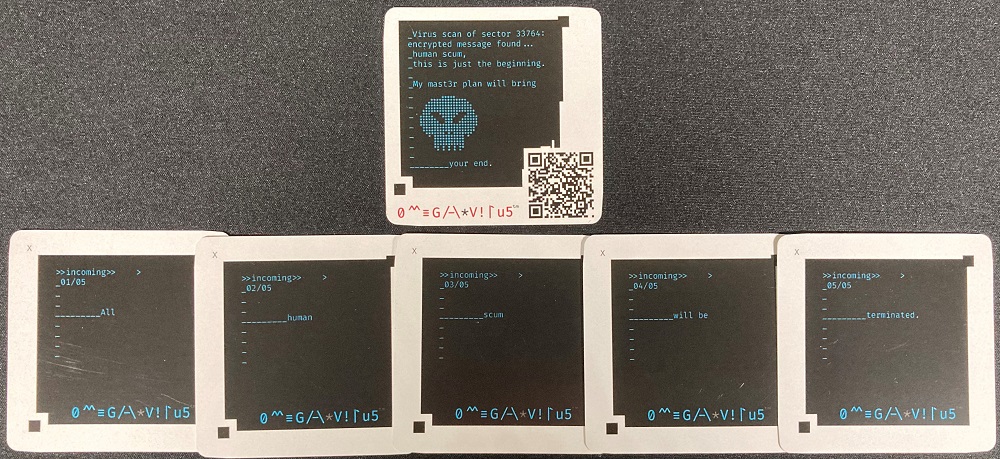
Click here to see all our tabletop game reviews.
![]() To subscribe to GeekDad’s tabletop gaming coverage, please copy this link and add it to your RSS reader.
To subscribe to GeekDad’s tabletop gaming coverage, please copy this link and add it to your RSS reader.
Disclosure: GeekDad received a copy of this game for review purposes.
